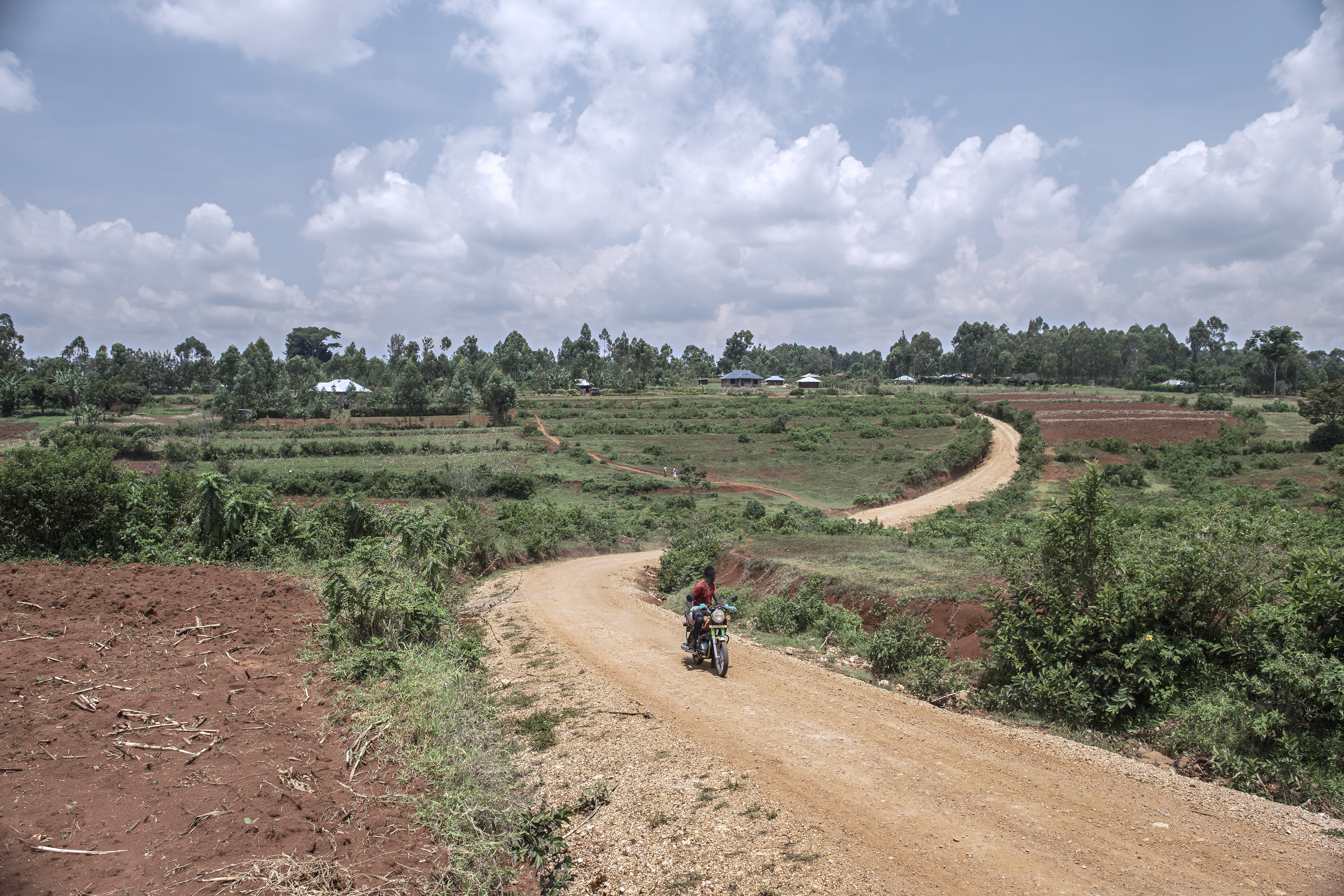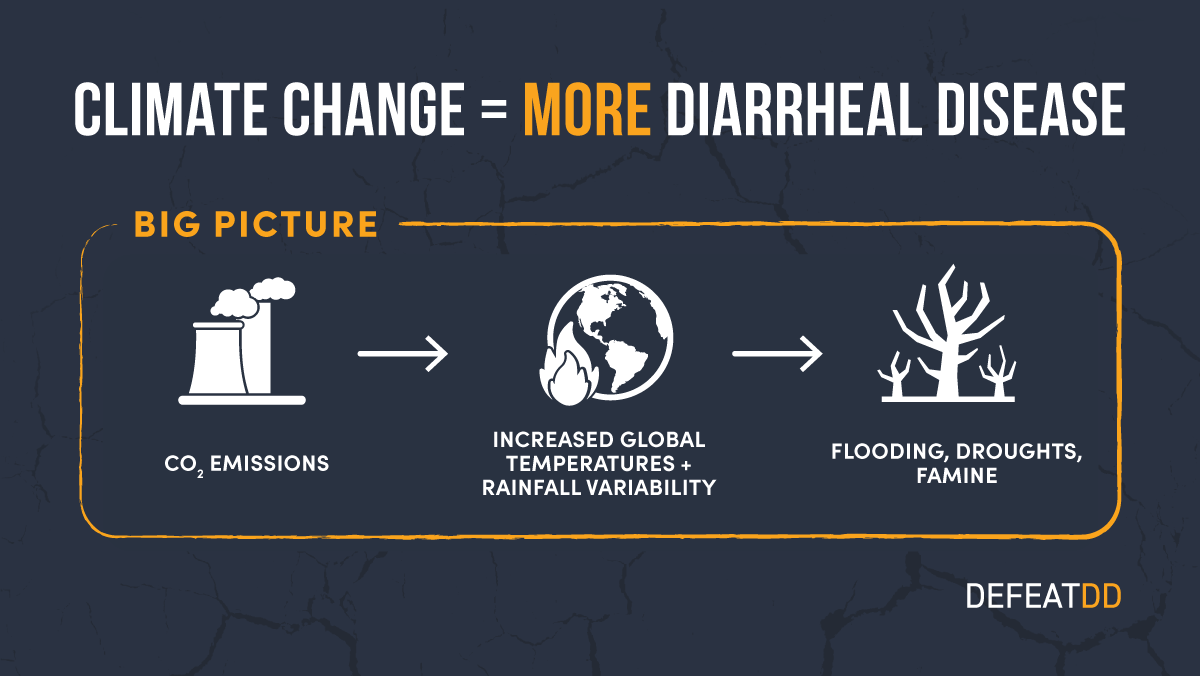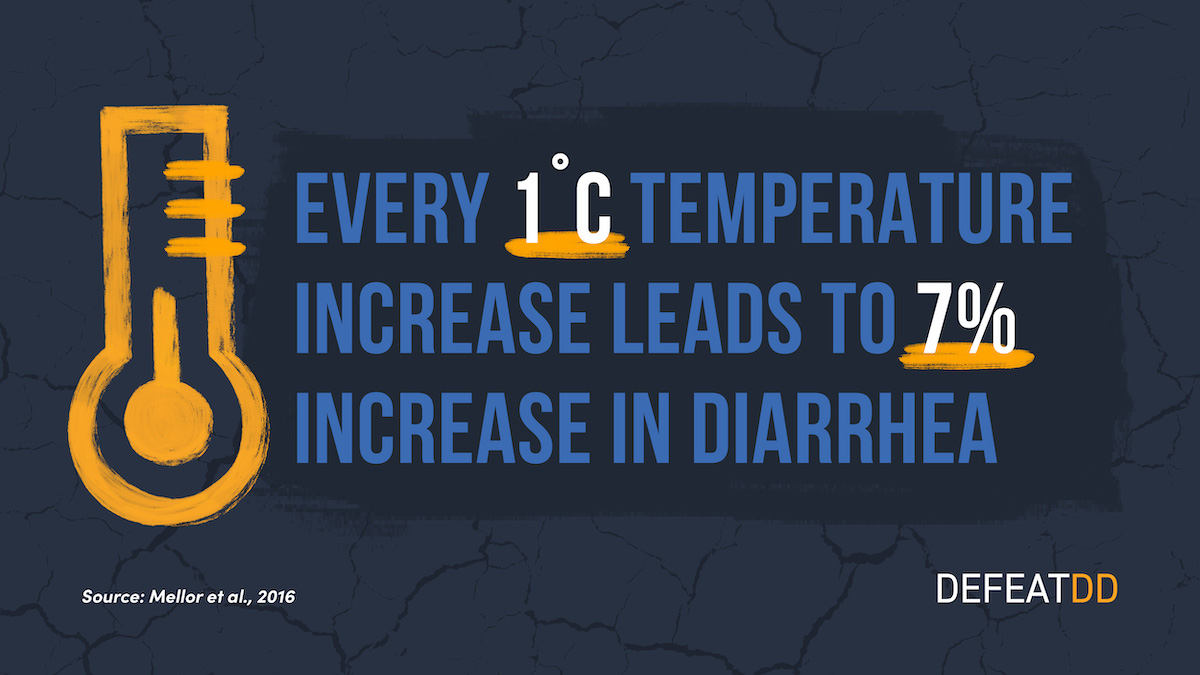Getting ahead of diarrhea outbreaks in 2024
|

European scientists said 2023 was the hottest year ever recorded, and 2024 is predicted to surpass it. The global temperature exceeded 2°C above pre-industrial levels on November 17th last year. These events of temperature rise warn us of the dire consequences of exceeding the 1.5°C threshold.
This continuing record-breaking average global temperature is being exacerbated by the 2023 El Niño weather pattern, worsening climate change’s effects. If this is the future, how will this influence the prevalence of diarrheal diseases?
An increase in diarrheal diseases during the El Niño season
The impact of El Niño on increasing the incidence of diarrheal disease can be found in an enormous number of scholarly papers. It has been suggested that the prevalence of diarrheal diseases and outbreaks of cholera are more likely to occur during periods of high temperatures. Droughts and floods caused by extreme heat and heavy rains dry up and contaminate freshwater reserves. High temperatures and extreme rainfall increase the transmission of waterborne diarrheal pathogens.
Millions in the Horn of Africa, Sub-Saharan Africa, South and Central America, and Southeast Asia face outbreaks of diarrheal diseases due to these adverse climatic events induced by changes in temperature throughout the El Niño season.
Are we ready to face the heat of 2024?
We know that malnutrition and diarrhea are inextricably related. Near-term projections indicate that droughts exacerbated by El Niño will continue to worsen food shortages in the east and southern regions of the African continent. Due to a below-average rainfall expected in southern African countries in 2024, an estimated 20 million people in that region are at risk of famine. El Niño in the Pacific and a strong shift in temperatures in the Indian Ocean could intensify drought conditions in Australia and Southeast Asia as well, weakening the monsoon rainy season.
2023 saw the impact of the opposite extreme: El Niño-induced heavy rain and flooding hit more than 5.2 million people in the Eastern African region, compromising access to safe drinking water and sanitation and creating ample opportunity for cholera outbreaks in Ethiopia, Kenya, South Sudan, and Uganda. At least thirty countries have reported outbreaks of cholera or acute watery diarrhea in 2023, and the sub-Saharan African region was most affected.
Immunization is an effective adaptive measure against the surge of vaccine-preventable diarrheal diseases due to warmer temperatures and floods. That’s why we need to focus more on immunization as an outbreak prevention measure against diseases like cholera. Continuing investment in immunization is essential to facing the heat of 2024.
Climate resilience with WASH and immunization
Climate data can serve as an early warning sign to predict outbreaks of diarrheal disease. This preparation is critical, as almost half of the global population lives without access to safe sanitation, and weather extremes amplify the spread of pathogens in unprotected water sources. To counter this, interventions like oral cholera vaccine (OCV) in conjunction with improving water and sanitation are needed to prevent diarrheal outbreaks during El Niño events. Like many low- and middle-income countries, Bangladeshi people lack access to clean water and sanitation. Rolling out OCV campaigns for vulnerable populations allows the country to buy time to improve its WASH infrastructure. Flexible, non-sewered sanitation is the way of the future for climate-resilient systems, and many countries are experimenting with innovative options, such as Sanergy in Kenya, SOIL in Haiti, and Water and Sanitation for the Urban Poor in Zambia.
A future of weather extremes is not going away, but if we take the opportunity to prepare, we can be ready for them.












